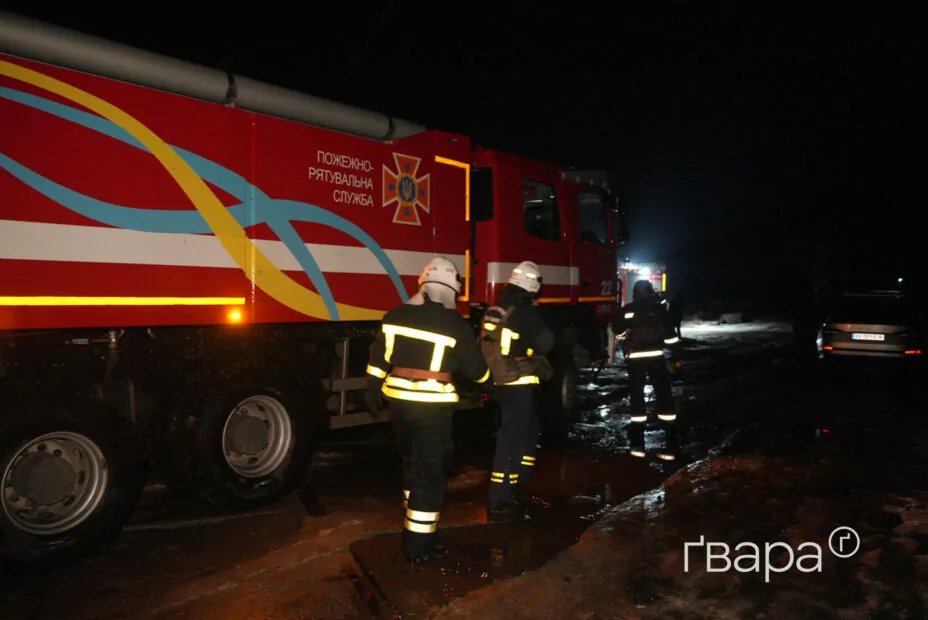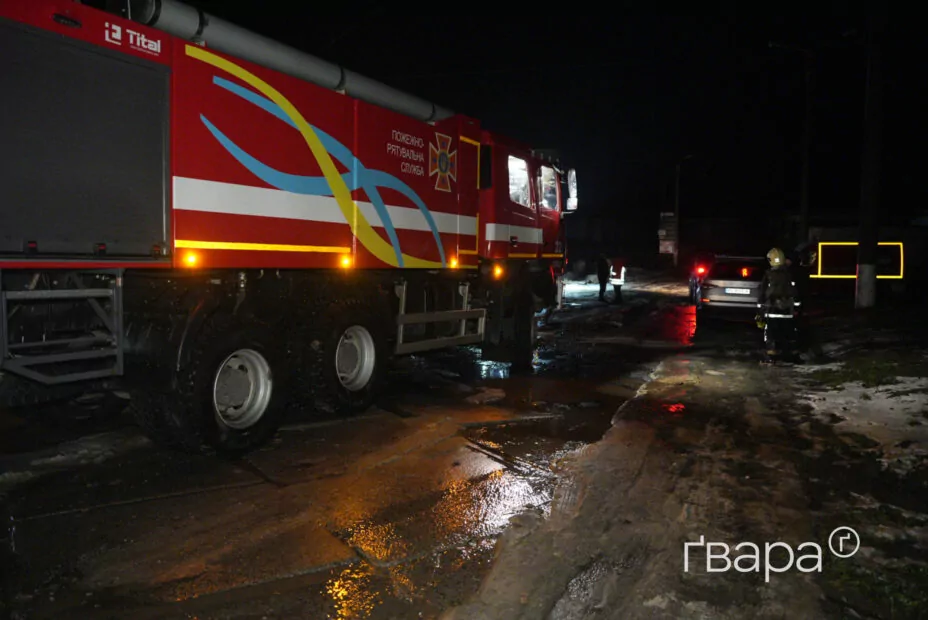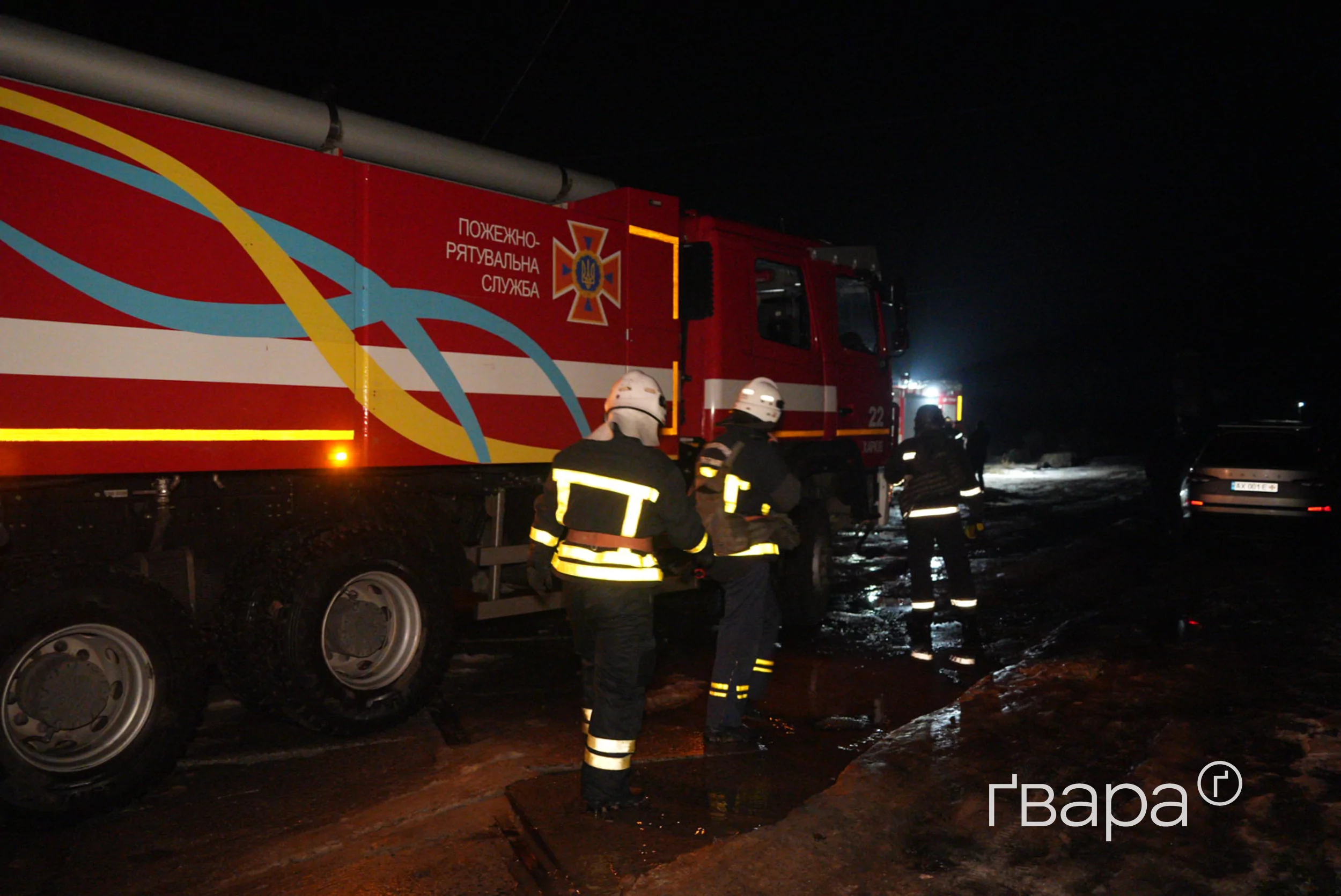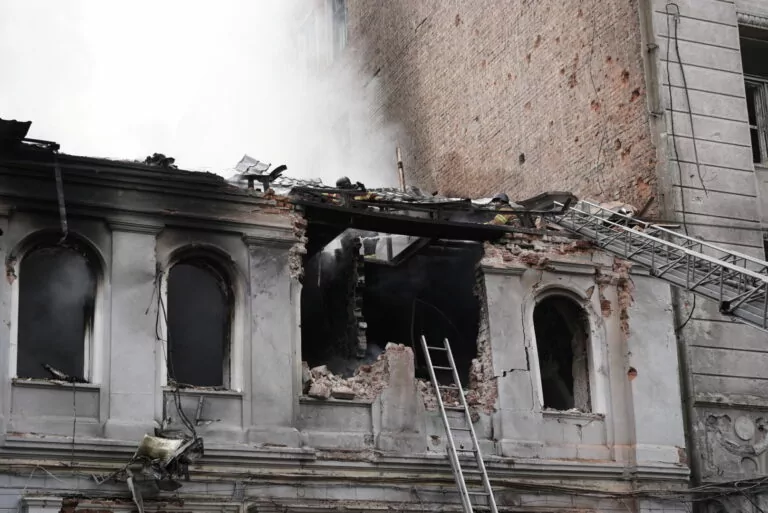KHARKIV, UKRAINE, Dec 20 — Russian army shelled Kharkiv and its Oblast from the Belgorod region. It was preliminarily fired with S-300 missiles.
- 12:59 a.m. – an explosion was heard in Kharkiv;
- 01:00 a.m. – an air raid warning was sounded in Kharkiv;
- 1:00 a.m. – another explosion is heard in the city;
- 1:01 a.m. – The Air Force reported on its Telegram channel that ballistic missile threats were reported in Kharkiv, Dnipro and Kirovohrad regions;
- 1:05 a.m. – explosions are reported in the Kharkiv region;
- 1:22 a.m. – the air raid alert was over;
- 2:15 a.m. – Gwara Media journalists say from the scene in Kharkiv, at least two explosions were recorded north of Kharkiv. No casualties and no fire were reported.

“At least two missiles hit one of the most affected districts of Kharkiv, near residential buildings and civilian facilities,” commented Kharkiv Mayor Ihor Terekhov.
He also added that rescuers are working at the scene. Information about the victims and damage is being updated.

What is S-300 missile
The S-300 is a long-range surface-to-air system, originally developed in the Soviet Union during the 1960s and 1970s. It is capable of targeting aircraft, cruise missiles, and ballistic missiles. The detection radar identifies aerial targets and sends data to the command-and-control center.
The system can destroy ground targets at a range of 120 kilometres (75 mi), and when launched on a ballistic trajectory, can reach up to 400 kilometres (250 mi). Its vertically-launched missiles allow for the engagement of flying targets in any direction without traversing the launcher.
Russia has begun to use the S-300, as well as the S-400, more and more frequently against ground targets. These are anti-aircraft missiles that are designed for air defence, to shoot down air targets, in particular, aerodynamic targets, such as aircraft, cruise missiles and UAVs. The Russian army is increasingly using them to shell frontline cities and regions, including Kharkiv.
More from Gwara
City mayor Terekhov comments on Bild’s article on possible Kharkiv occupation in 2026. Bild analyst Julian Röpcke, citing his sources in German intelligence, published an article a few days ago about possible plans of the Russian army, according to which the Kremlin intends to seize large areas in the east, including the major cities of Zaporizhzhia, Dnipro and Kharkiv by the end of 2026.
As a result of shelling by the Russian army, Kharkiv transport infrastructure was heavily damaged, including 70% of municipal buses, 50% of trams, and more than 25% of trolleybuses.



